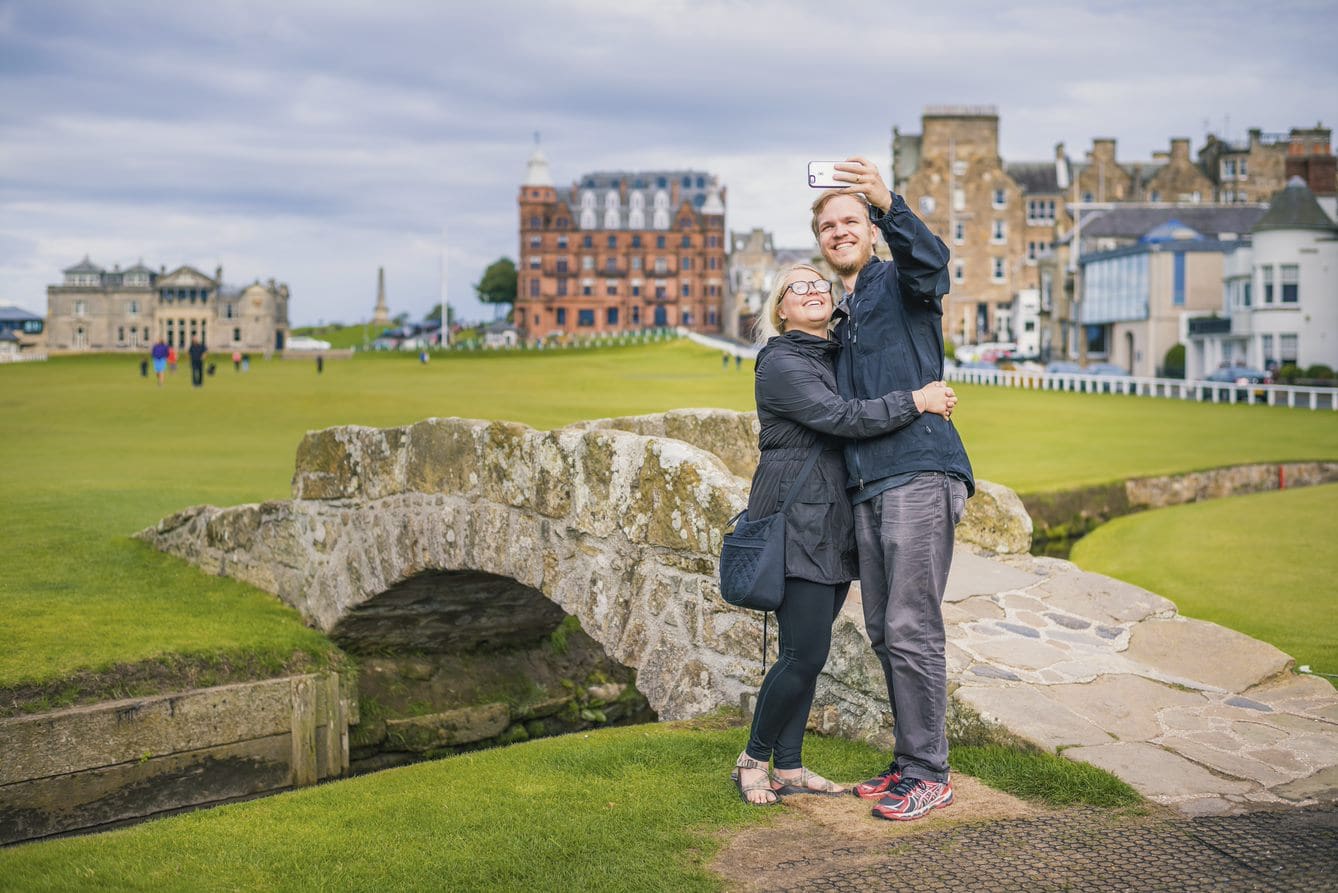Enhancing Experiences for Visitors with Sight and Hearing Loss
Accessible tourism is more than a necessity—it’s a commitment to inclusivity and equality. By ensuring attractions, accommodations, and experiences cater to the needs of people with sight and hearing loss, destinations become open to everyone, fostering a sense of belonging and improving the overall visitor experience.
Why Accessible Tourism Matters
- Inclusivity
Accessible tourism promotes equal opportunities, enabling people with sensory impairments to explore, enjoy, and engage with destinations on their terms. Everyone deserves the chance to create memories and enjoy cultural, historical, and natural landmarks. - Economic Benefits
By welcoming a wider audience, including individuals with sight and hearing loss and their travel companions, tourism businesses tap into a growing market. This inclusion drives revenue and boosts local economies. - Reputation and Responsibility
A commitment to accessibility signals that a destination values all visitors. It enhances reputation and showcases a dedication to corporate social responsibility, helping to attract more travelers who prioritize inclusive experiences.
Barriers People with Sight and Hearing Loss Face
- Sight Loss: Difficulty navigating unfamiliar spaces, accessing visual information like signage, or enjoying visually dependent attractions.
- Hearing Loss: Challenges understanding spoken information, following audio guides, or communicating with staff.
Key Features of Accessible Tourism
- Clear and Tactile Navigation
Provide tactile maps, and audio instructions to help those with sight loss navigate spaces independently. Use large, high-contrast text for signs and ensure they are placed at an accessible height. Braille signage can also be very helpful. - Enhanced Communication Options
Include captioned videos, sign language interpreters, and written materials for visitors with hearing loss. - Well-Trained Staff
Offer disability awareness training to ensure staff can assist sensitively and effectively. - Technology Integration
Apps with screen reader compatibility, audio descriptions, and live captioning can enhance experiences for visitors with sensory impairments. - Inclusive Experiences
Adapt activities, such as touch tours, audio-described performances, and sensory-friendly experiences, to ensure accessibility without compromising quality. - Physical Accessibility: Make sure pathways are clear of obstacles and that there are tactile indicators for steps and changes in floor level. Consider installing audio guides or tactile maps.
- Customer Feedback: Encourage feedback from customers with sight loss to continually improve your services
Accessible Tourism in Fife
Attractions, accommodations, and businesses in Fife are embracing accessibility to create a welcoming environment for all visitors. From coastal walks with tactile wayfinding to historical tours with interpreters, Fife is committed to ensuring every traveler can enjoy its rich culture, natural beauty, and local hospitality.
By prioritizing accessibility, destinations can open doors to unforgettable experiences for everyone, regardless of their abilities. Accessible tourism isn’t just about compliance—it’s about creating a world where exploration knows no bounds.
Get in Touch
If you have any questions or need further assistance, please contact us at promoting.fife@fife.gov.uk We’re here to help you make your business more inclusive and accessible to everyone.




